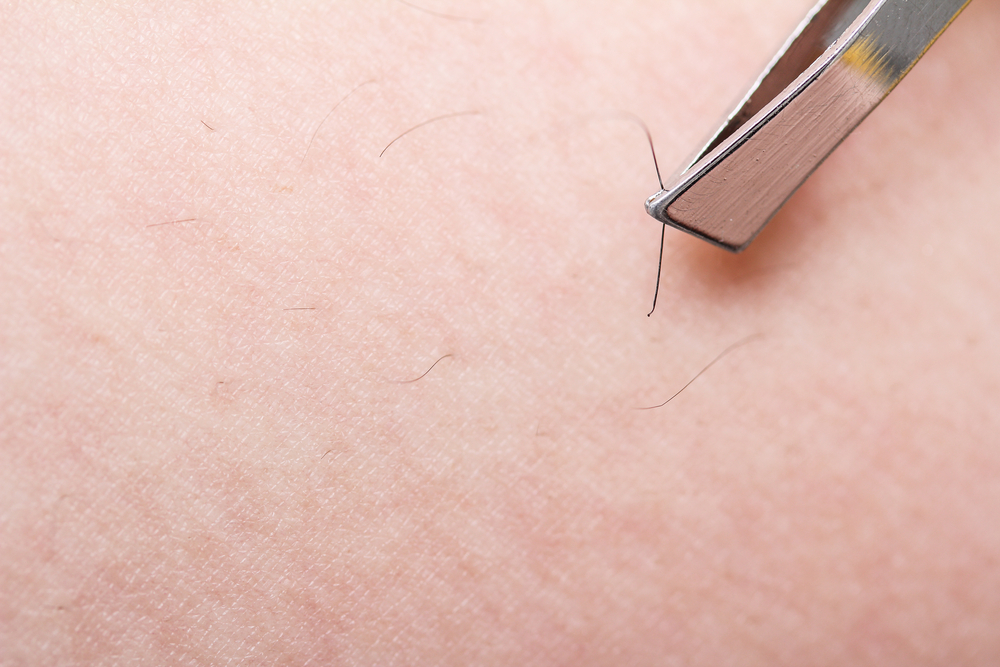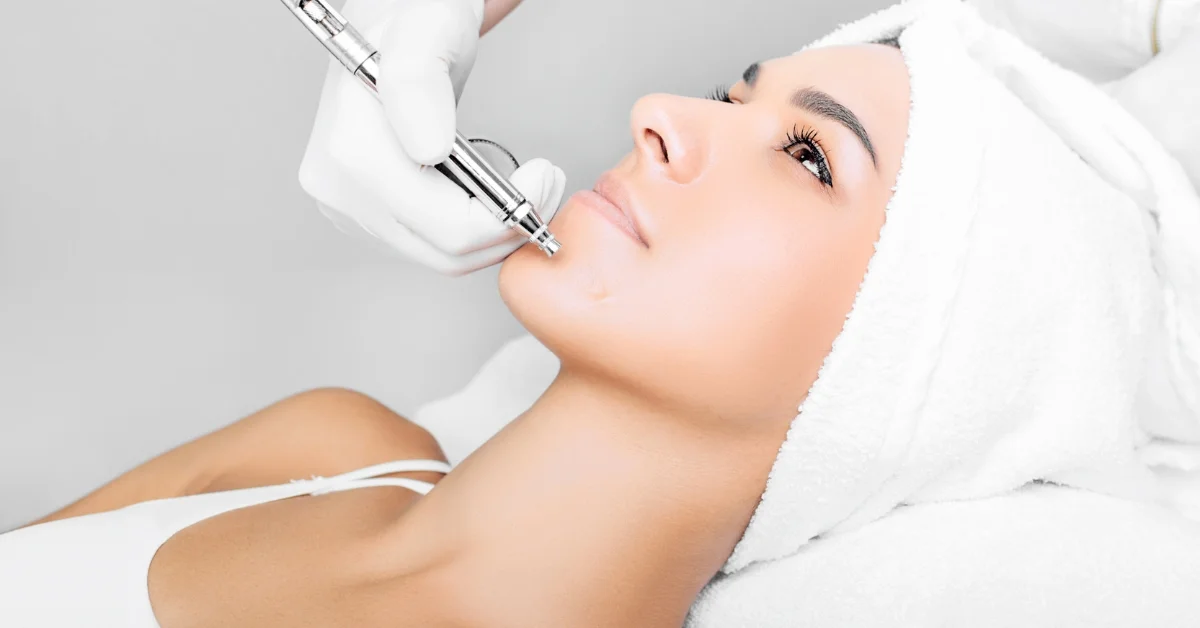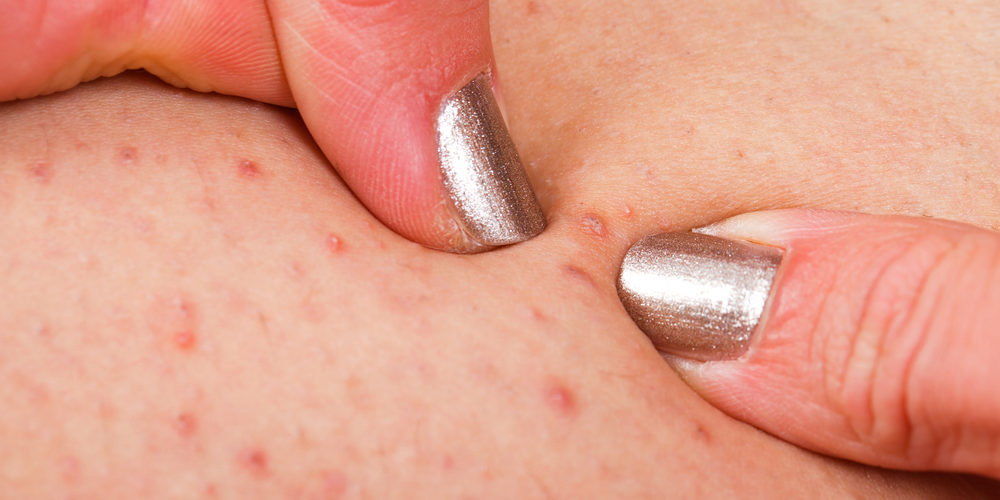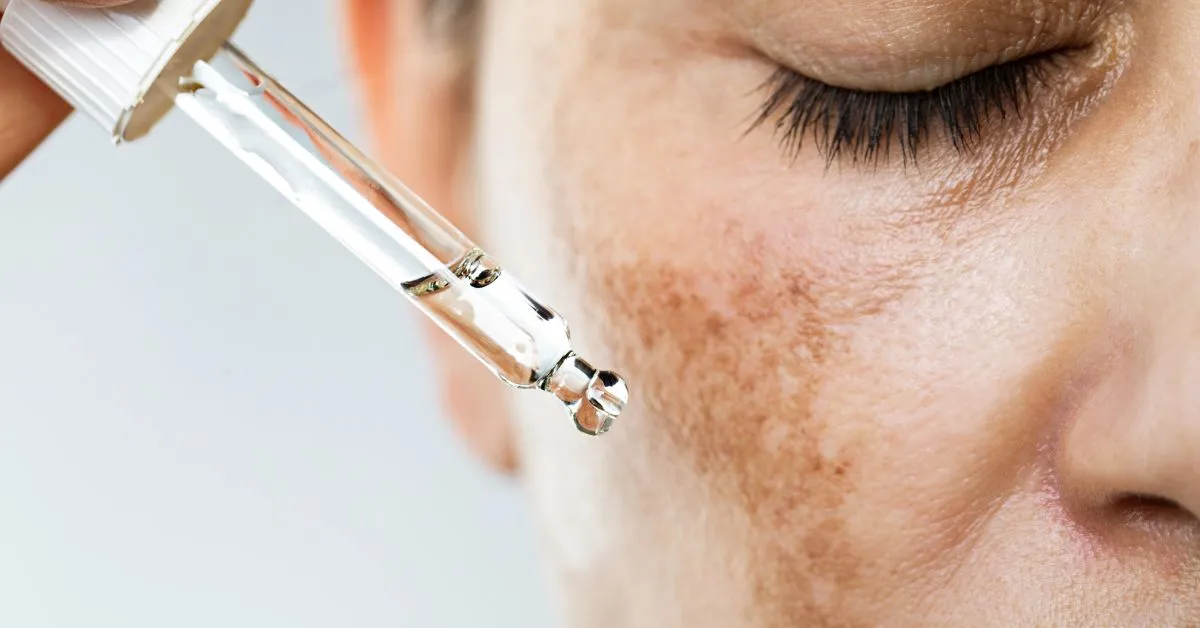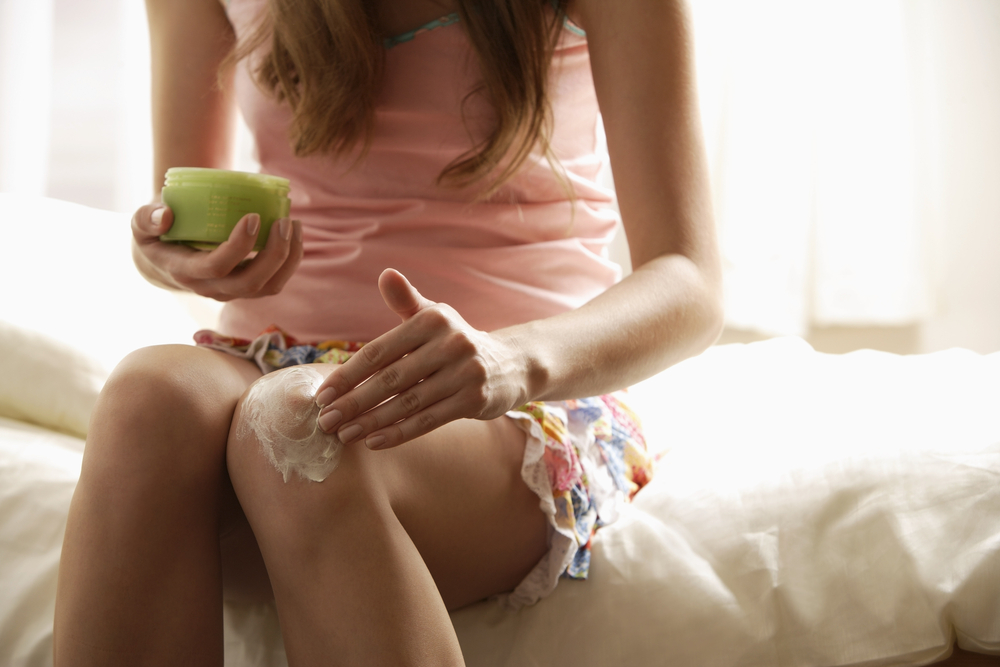- Ingrown hairs are likely to occur after shaving, waxing, threading and other hair removal methods, and can cause infection when not properly treated.
- They develop when new, sharper hairs grow back into the skin. This causes the immune system to treat the hair like a foreign body, leading to redness and irritation.
- Various proven treatment options can help you prevent and attack ingrown hairs as they pop up, including over-the-counter and home remedies.
- But treating ingrown hairs is a tricky matter. You need to properly address the problem without further irritating the skin or causing infection.
Ever have a stubborn, painful and itchy red bump that’s not exactly a pimple, but not quite a sore either? It’s probably an ingrown hair. These frustrating little bumps can truly throw you off your game if they’re not properly treated. And they can be pretty unsightly, too.
You may notice that they appear after shaving or if you just got a haircut, especially should you have curly, thick or coarse hair. Ingrown hairs can be hard to identify — you can’t always see the hair growing inside — but they should always be properly treated to avoid infection.
Causes of Ingrown Hairs
Ingrown hairs (pseudofolliculitis barbae) are, essentially, exactly like they sound: they’re hairs that have grown out of the hair follicle and back into the skin. People with curly hair may experience ingrown hairs more often than others because their hair tends to curl back into the skin in a circular motion. As you probably know, ingrown hairs are more likely to occur after you’ve shaved, waxed, plucked or used any other hair removal methods.
This is because the hairs that grow back after a cut are sharper than regular hairs, which makes them more likely to grow into the skin if they loop around. If a hair gets stuck in the skin after curling, the skin can grow over it, causing pain and discomfort.
So why do ingrown hairs cause redness and pain? Because the sharpness of the hairs cause an inflammatory response, leading to skin irritation and bumps. In other words, the body thinks the hair is attacking your system.
A buildup of dead skin cells may also contribute to ingrown hairs. The cells stay on your skin and block the hair follicles, which prevents the hairs themselves from growing outward in the normal manner. Instead, clogged follicles cause hairs to grow sideways beneath the skin. In the same vein, tight clothing may force the hair to grow in an undesirable direction, especially in the pelvic area. This often causes ingrown pubic hairs.
People who tend to have coarse or curly hair — especially African-Americans and Latinos — are more likely to have ingrown hairs because their hair often curls back towards the skin. These painful spots are more likely to occur in sensitive areas, especially along the bikini line and the pubic region. They can also pop up on the face, especially in the beard area, after shaving.
How to Prevent Ingrown Hairs
Since you already know that waxing, plucking, shaving and other methods of removing unwanted hair growth can lead to these painful, red bumps, the ultimate way to prevent ingrown hairs is to avoid hair removal altogether. Unfortunately, that’s just not a viable option for most of us. But there are some other things you can do to ward off these pesky little sores.
- Laser Hair Removal — If you tend to struggle with recurring ingrown hairs, you may want to consider laser hair removal. This treatment employs pulses of laser lights, which absorb the hair shaft and damage the hair follicle, inhibiting new hair growth. With laser removal, you’re less likely to experience ingrown hairs, razor bumps and skin infection caused by shaving or waxing. Plus, these treatments make life a whole lot easier if you’re not a huge fan of shaving in the first place.
- Up Your Skin Care Game — Beauty experts often warn against shaving compared with other hair removal tactics because it can dry out skin and lead to irritation. But using the right moisturizers, shaving creams, gels and a mild soap will help prepare the skin before shaving so you’re less likely to trigger these skin conditions. Make sure that you always exfoliate after shaving to remove the dead skin cells that cause ingrown hairs and never neglect to apply a soothing post-shave cream afterward. Retinoids, such as Retin-A, will also help clear away dead skin cells and prevent ingrown hairs.
- Use the Right Razor — You may have noticed that if you use a dull razor to shave your legs or bikini line, you’re almost guaranteed to see red bumps and the occasional ingrown hair later on. Be sure to use a sharp razor — preferably, an electric or single-bladed razor — every time you shave, no matter if you’re shaving the face, legs, armpits or pubic region. The American Academy of Dermatology (ADA) notes that stretching the skin while shaving can also cause ingrown hairs.
- Avoid Tight Clothes — As previously mentioned, tight clothing is one of many things that triggers the dreaded ingrown hair. That’s because it can press against the hair and cause it to grow back into the skin. The material of your clothes may also contribute to the likelihood of developing ingrown hairs, so make sure to wear breathable clothes and avoid leggings, skinny jeans, and nylon; all things that can worsen ingrown hairs.
How to Treat Ingrown Hairs
So you’ve got an ingrown hair. Okay, first thing’s first: don’t panic. It happens to all of us, and there are several good ways to safely treat the affected area at home. Using both over-the-counter and home remedies — along with a pair of sterile tweezers, if you’re feeling brave — can help you perform at-home ingrown hair removal without exacerbating the problem.
Why is it important to treat ingrown hairs properly? Because in some cases, they can cause what’s known as extreme folliculitis, which means that the hair follicles become acutely inflamed. In such cases, bacterial, yeast and fungal infections can occur. Those who struggle with perpetual ingrown hairs may also experience blemishes or acne flare-ups as a result of these infections.
While removing that pesky little hair can be super-satisfying, similar to pimple popping or picking a scab, do your best to avoid messing with the area too much until you’ve got the proper removal setup. Any excess oils, bacteria or dirt will only worsen the problem, so it’s important to work in a semi-sterile environment whenever you’re dealing with irritated skin.
- Take a Break from Shaving — As hard as it can be, give the area a break from hair removal and avoid shaving, waxing or plucking until the region has cleared up. In the meantime, be sure that you regularly wash the area with a gentle soap and exfoliate to dislodge the dead skin cells that could worsen the existing irritation. And, as with any skin irritation, make sure that you’re using a quality moisturizer every day.
- Exfoliate and Cleanse — Before you try physical hair extraction, treat the area with a salicylic acid cleanser or wash to help keep your hair follicles open and apply benzoyl peroxide to dry the area and reduce redness. Some people also use natural remedies like tea tree oil to naturally kill bacteria and reduce swelling in the area.
- Remove the Hair — If you can see the hair causing all your woes, you can attempt to physically remove it at home. Use a compress soaked in warm water to soften the skin and reduce pain during the removal process. Next, gently pull out the hair using a sterile needle or tweezers, being careful to avoid digging too deep, as this can cause infection.
- Treat Symptoms — With ingrown hairs comes pain, redness, itching and general irritation. Using over-the-counter anti-itching medications, such as hydrocortisone cream, can help make the area less bothersome. Gentle lotions and cleansers will help soothe the redness and irritation, especially if they contain active ingredients that help restore moisture to the skin.
- Try Depilatory Cream — Chemical depilatories are the active ingredient in cosmetic hair removal creams, gels and lotions, like Veet and Nair. How can they help when you’re facing a stubborn ingrown hair, you ask? These creams dissolve the protein structure of the hair, leaving it with rounded tips instead of the sharp ones that cause ingrown hairs when the hair curls back inward. Applying a depilatory cream with a wet washcloth will help dissolve the irritation-causing hair.
You should make sure to see your doctor if your ingrown hair has become infected. He or she will be able to prescribe a special steroid cream or antibiotic ointment to reduce swelling and irritation around the hair.





